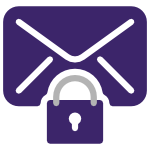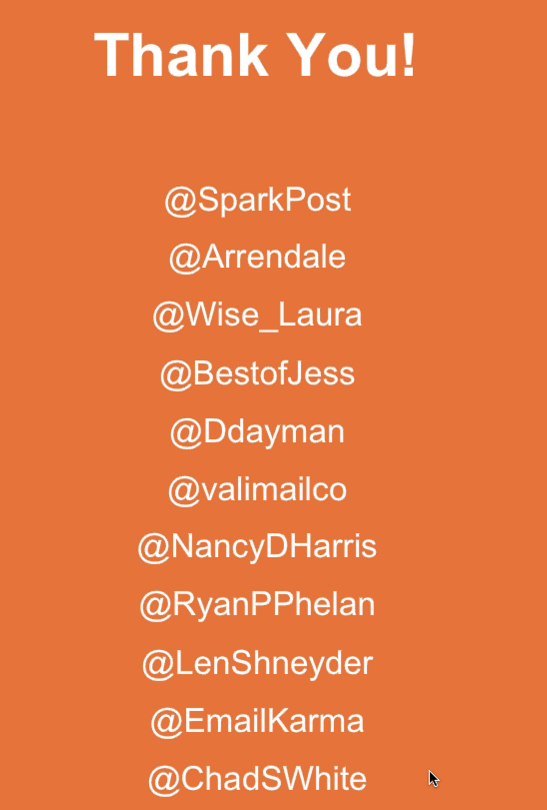How much has changed and will change
I was on a call with a client today and they wanted to talk about the handshake agreement about bounce handling I mentioned last week. As I started to really talk about it, I realised how much has changed in the years since that meeting. 
It was a bit of the wild west of email and spam. CAN SPAM didn’t exist. Gmail didn’t exist. Global email volume, even including spam probably didn’t top a billion emails a day. Return Path didn’t offer certification. Ironport had outgoing email appliances. Bonded Sender was the only certification in town. SNDS wasn’t a thing. Feedback loops didn’t exist. This is spam buttons and spam folders didn’t exist.
The industry has drastically changed in the last decade and a half. I see us entering another explosive period of change. Just the last few days I’ve heard of multiple new outgoing MTAs. A few years ago it looked like everything had consolidated on MessageSystems. Now, other players are moving in to that market. How mail is filtered is diverging and the old delivery rules and best practices are becoming more and more receiver specific.
This isn’t a “what’s happening in 2019.” I don’t have any specific predictions. I just know I’ve been watching this industry enough that I’m seeing signs that we’re entering into another period of growth and expansion.

